Autumn at Akame 48 Waterfalls: colored leaves, stunning waterfalls, and fantastic night lights
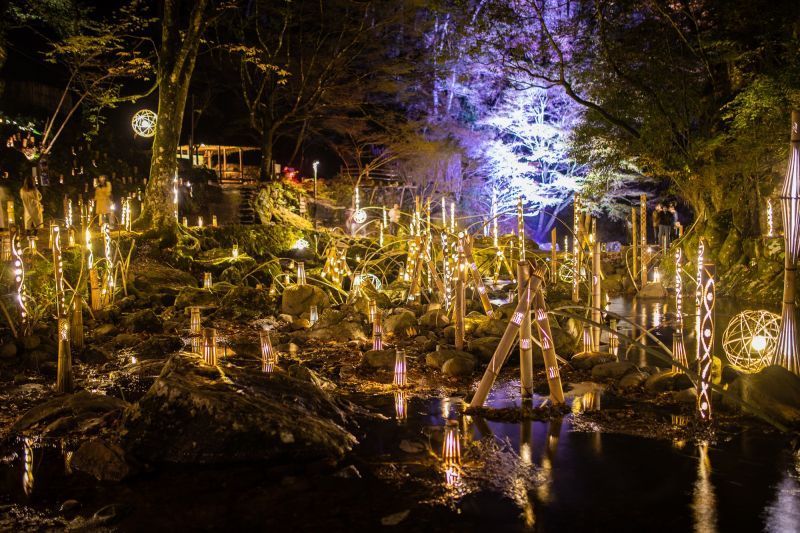
This valley is located in the mountains of western Mie Prefecture, on the border with Nara Prefecture, and is part of the Muroo-Akame-Aoyama Quasi-National Park. On this trip, I went to see the beautiful scenery that can only be enjoyed in autumn and winter.
Written by Pete Leong
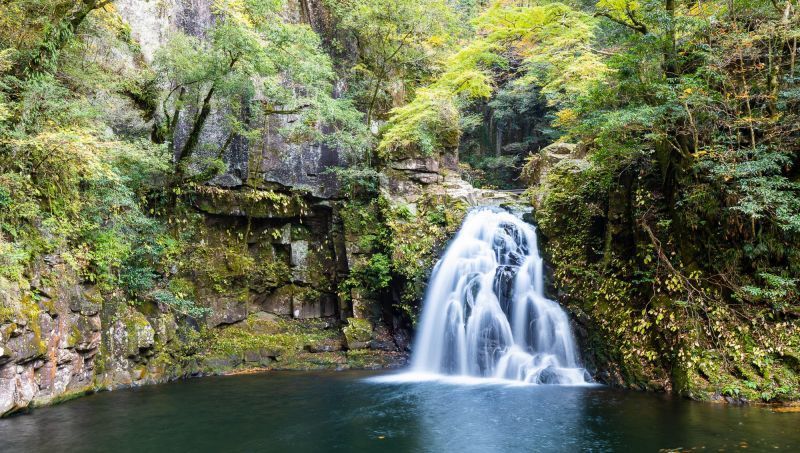
On the walking trails, you are able to see 23 main waterfalls. It has been ranked as one of the Top 100 Waterfall Spots in Japan, and the area has also been chosen as a place of scenic beauty in Japan. Here you can enjoy the changing seasonal scenery of cherry blossoms, fresh greenery, and autumn leaves while walking along the trails.
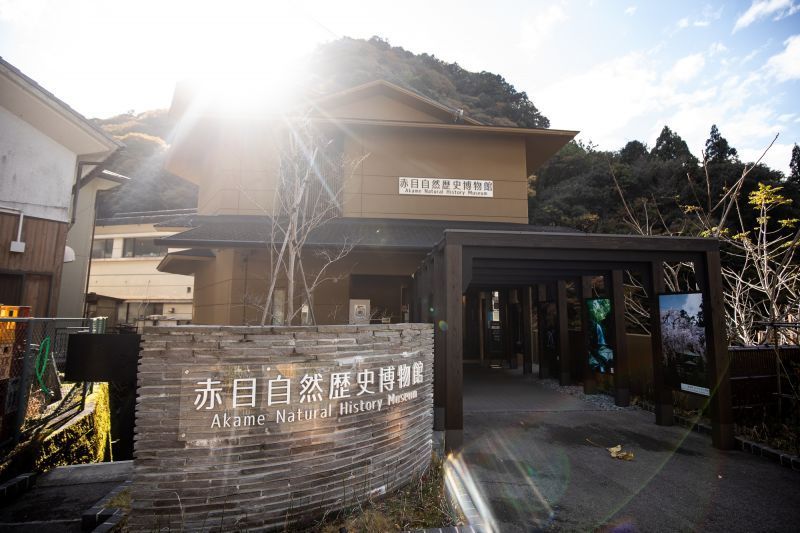
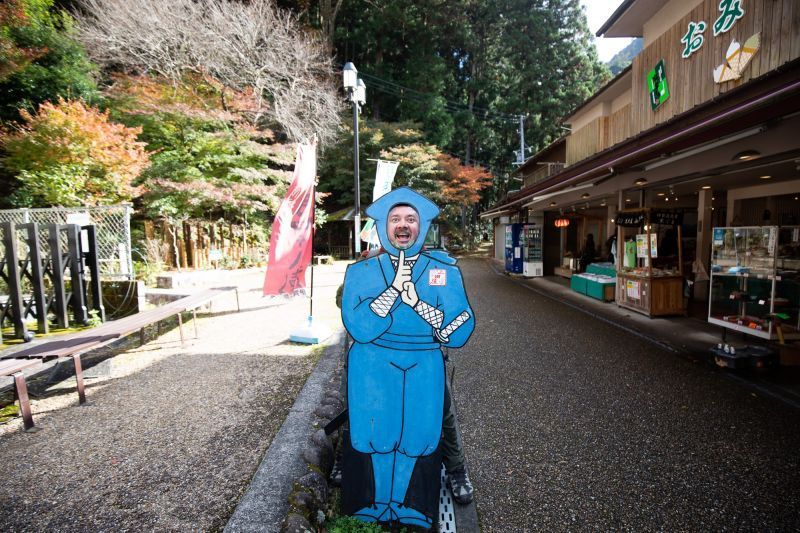
There is also the Akame Museum of Natural History, where you can learn about the nature and history, including the ninja, of the area. Although I didn’t experience it this time, it is said that ninja used to train in this area, and you can still experience “ninja training” and yamabushi (mountain ascetic priest) training here.
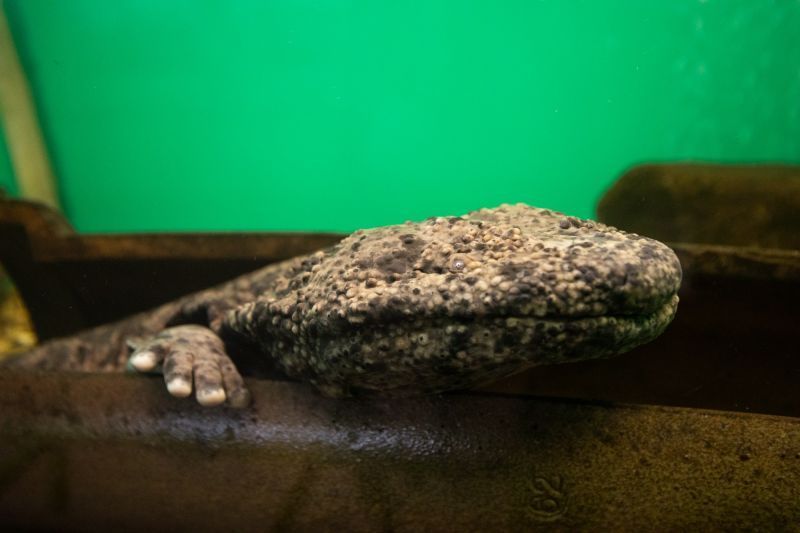
In this beautiful natural environment, the Japanese giant salamander, one of Japan’s rarest animals and a Special Protected Species, dwells here in the clean waters. At the Japan Salamander Center located by the entrance to the main trail, you can observe their unique appearance and ecology.
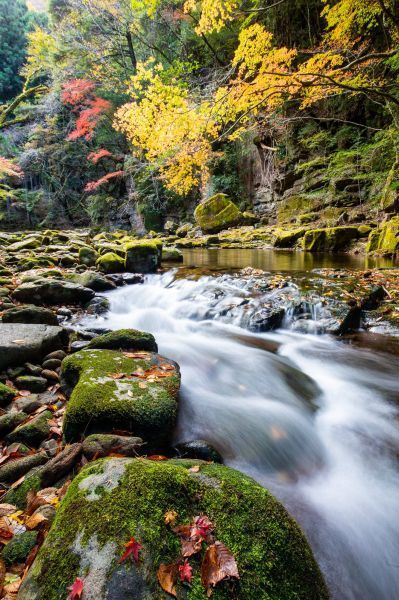
The best time to see the autumn leaves at the Akame 48 Waterfalls is usually from the end of October to mid-November. In early November, when we visited, the leaves had nice colors and were very beautiful.
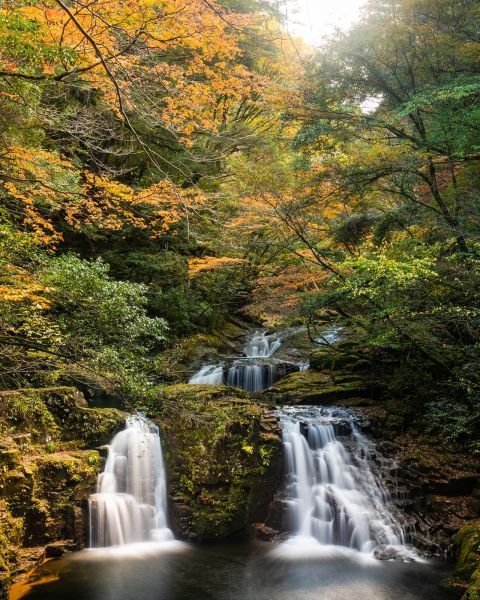
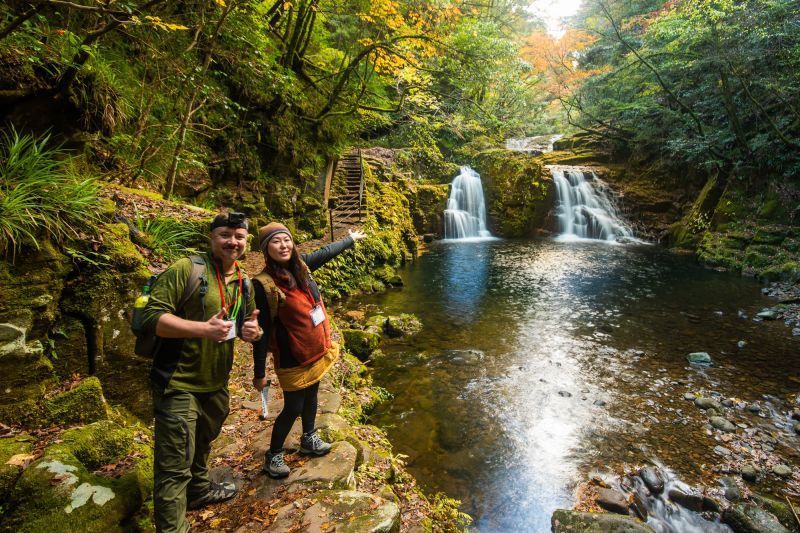
Along the trail, we passed lots of beautiful waterfalls, but the highlight had to be Ninaidaki Waterfall, about an hour and ten minutes or so hike in along the path. Ninaidaki Waterfall was quite large and had multiple falls with a backdrop of colored trees behind, and so I had to stop and take a few photos here. We were not able to continue on to the last few waterfalls, as we were running out of daylight and the park staff suggested that we make our way back before it got too dark. So be sure to arrive early if you want to make it to the end of the trail to see all the falls.
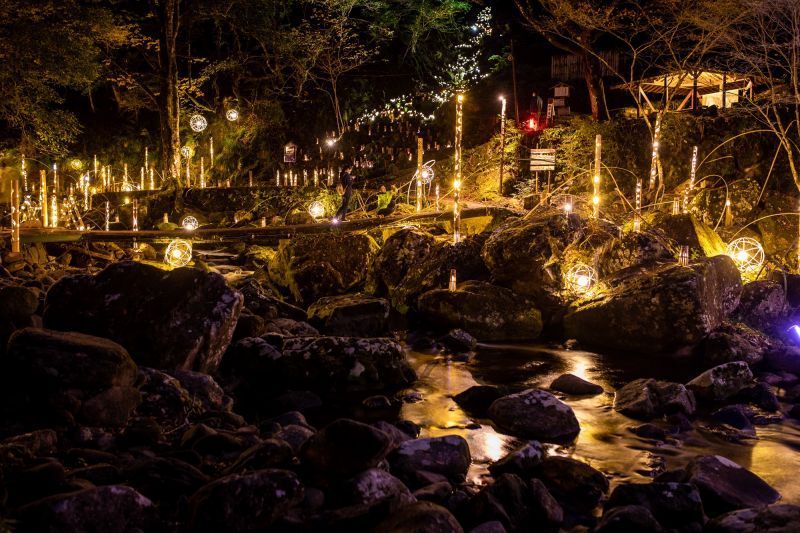
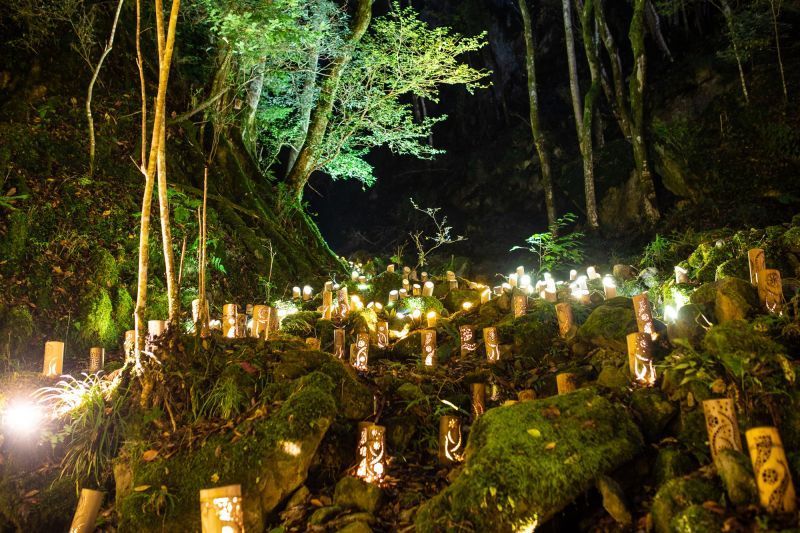
Finally, it was getting darker and darker, and the evening event we had been waiting for was beginning. Although I had visited this area once before, I did not get to see the night illuminations which are known as “Yugen no Take-Akari,” a lantern event held from 16:30 to 20:00 in autumn and winter. This year, the event will be held from October 23, 2021 to January 31, 2022.
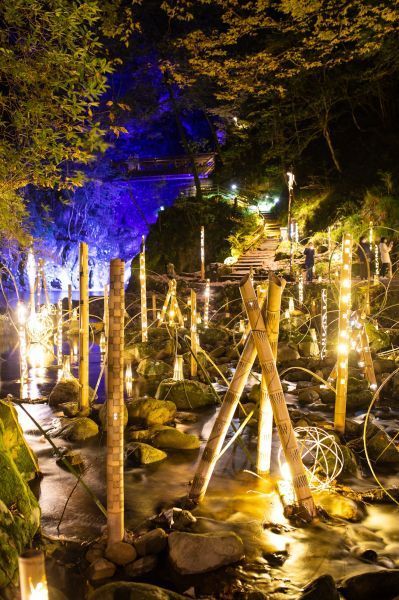
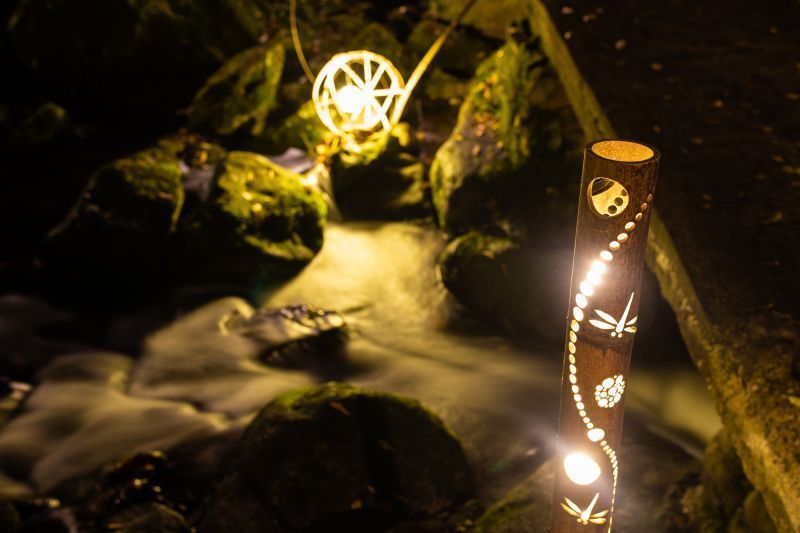
This year, more than 1,000 bamboo lanterns are being lit up, creating a majestic, artistic illumination in the forest. It was like a different world and reminded me of a setting from the Avatar movie or somewhere fairies might live. If you don’t mind crossing the stones in the dark, you can take pictures from inside the stream, as if you are standing in the river. I recommend bringing a flashlight along with you as some areas can be quite dark and the footing unstable.
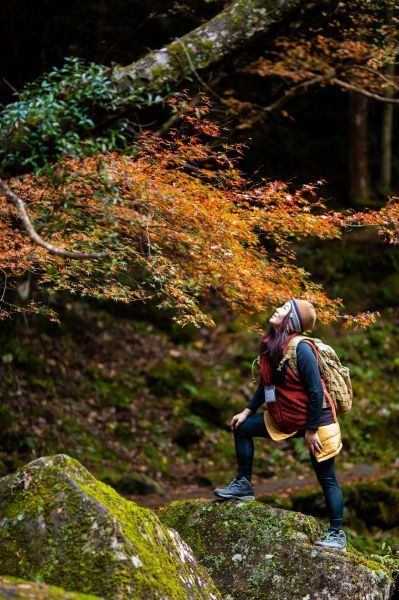
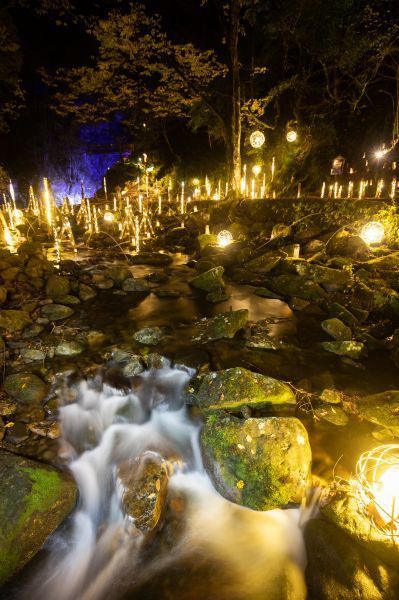
You can enjoy various kinds of photography here. As a professional photographer, I’d like to tell you some of my tips for shooting here. For budding photographers or those who want to improve their skills, Akame is the perfect place for it. There are countless spots along the trail that offer great photo opportunities. These locations also serve as a great backdrop for a portrait. I personally like to use the colored leaves as an out-of-focus backdrop behind the people I’m photographing. I highly recommend bringing a tripod for your camera so that you can get that silky-smooth waterfall effect if you slow down your shutter speed. If you plan to photograph the night illumination, a tripod is a must unless you have fast prime lenses.
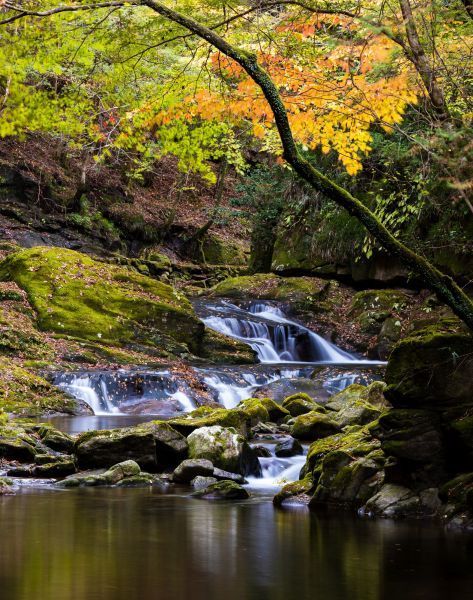
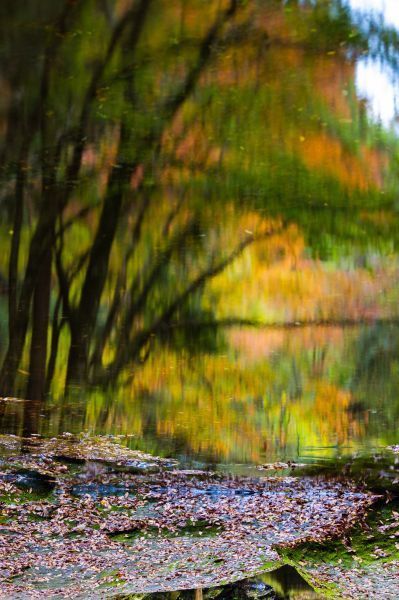
As for lenses, I would recommend a wide lens to capture the full scene with the waterfall and colorful leaves above. And also, if you have a medium to long telephoto, you can get tighter detail shots like the streams of water with fallen maple leaves on rocks, etc. There are lots of opportunities for exploring interesting angles here as well. I like to get as close to the surface of the water as possible to capture the leaves or sky reflected on the water.
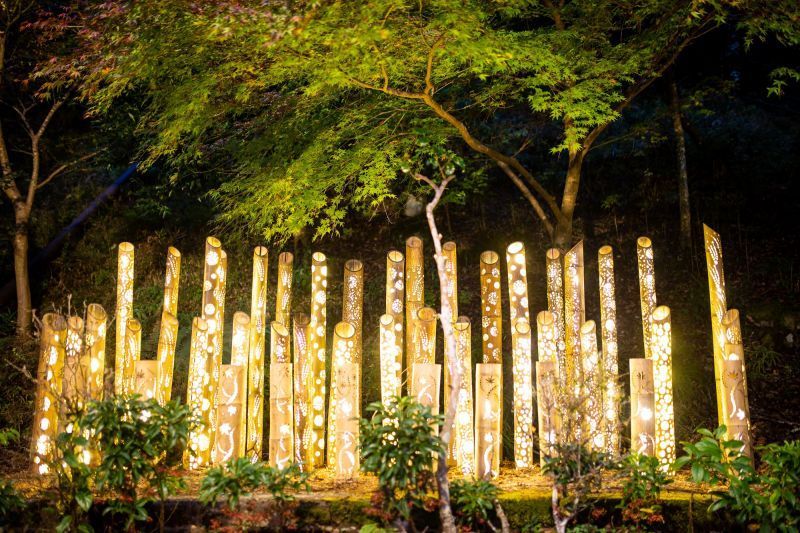
At night it tends to get quite cold during the later months, so be sure to bring an extra layer and maybe even some gloves and a beanie. Most importantly, remember to take time to soak in the atmosphere of Nature. It’s not every day you get to walk in such a majestic landscape.